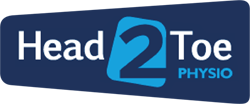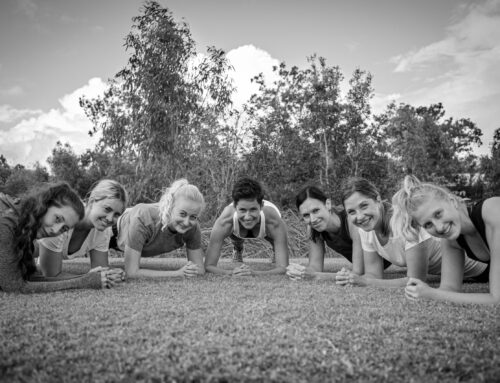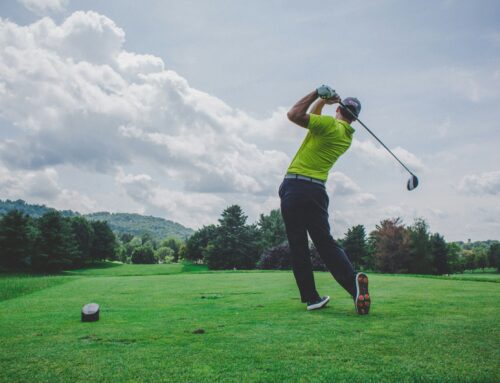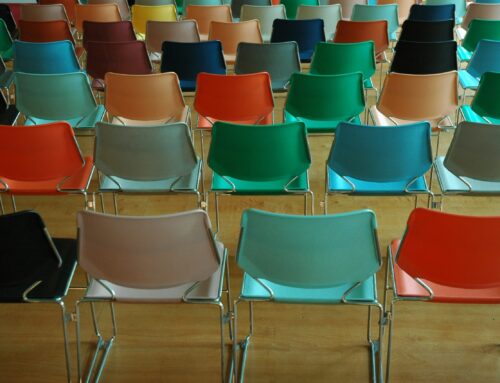Hip Pain
More and more patients are contacting Head2Toe Physio with back, hip and groin pain. Sometimes they have one, sometimes two and some unlucky souls come in with all three areas affected.
Hip pain, gluteal tendinopathy, trochanteric pain, hip bursitis and so many more. Phrases and labels used to describe pain at the lateral aspect of the hip. Diagnoses change over time as we learn more. What rarely changes is the type of pain people describe.
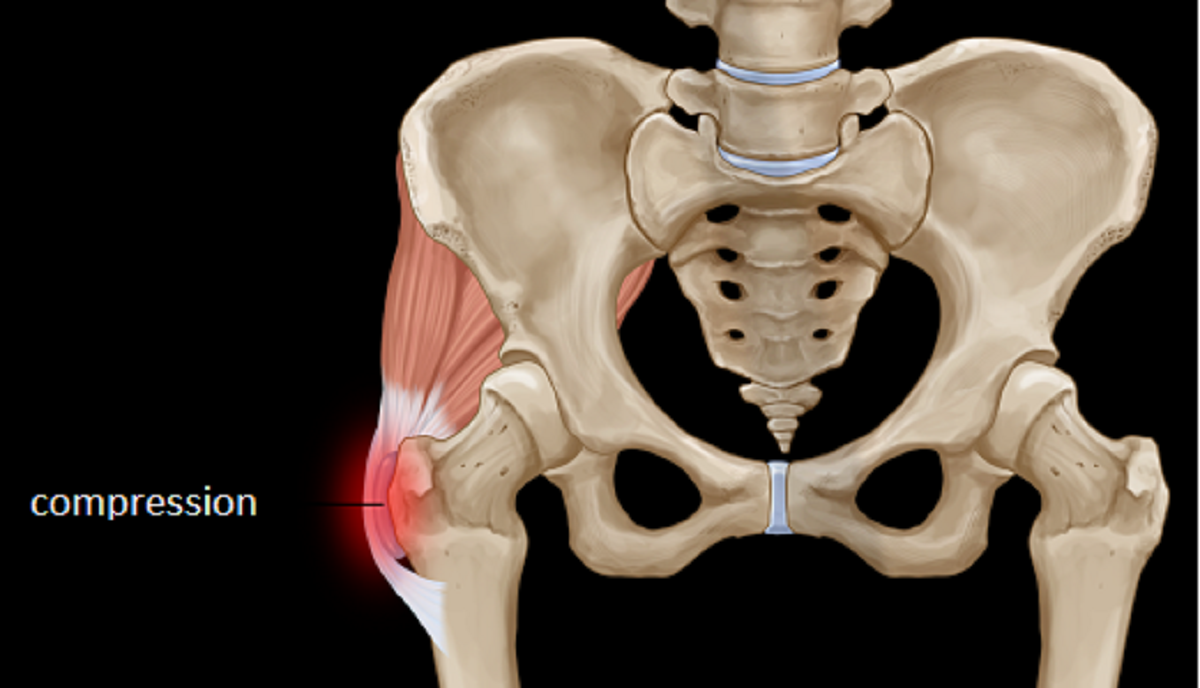
My last blog post (click here to read Sam’s ankle blog post) addressed ankle pain. We are seeing increased numbers of patients with lower limb pain, including hip, knee and ankle injuries. I’m convinced this is because so many of us are walking, cycling and running more in lockdown.
All three of our clinics are based so close to beautiful countryside, that taking our allotted daily exercise has become a pleasure not a chore. As people discover the physical and mental health benefits of getting away from their TV and computer screens, so we increase our mileage.
For some it might be a sudden increase in the distance we cover. For others it might be the numbers of times they exercise per week. The terrain might play a part. If you normally cover your steps walking between train platforms and work or on tarmac roads, that’s very different to walking up and down Boxhill 5 times a week! We haven’t even thought about footwear, biomechanics, strength or the role previous injuries might be having on our new pain.
What we do well at Head2Toe Physio is work through all these factors with you. We do this before we even look at your hip and back range of movement, strength and timing of muscles, shape of your feet and so much more.
In short, many injuries are caused by or heavily influenced by managing load poorly. Our ability to handle varying loads changes over time. It doesn’t matter who rubs you, sticks needles in you or covers you with coloured tape. If you don’t manage your loads and increase your ability to handle loads, things won’t improve long term.
What Might be Going On?
Tendon research would indicate that before you develop a painful hip because of gluteal tendinopathy, you will already have pathology within the tendon. So what it it that might cause this pathology?
It seems that a combination of the repetitive, increased compression and tensile load together might cause the issue. At the hip joint, the gluteus medius and minimus tendons generate high tensile loads on walking and running. They also wrap around the hip bone (greater trochanter) which increases the compressive load.
The compression is increased still further by the Iliotibial Band (ITB) which sits over the top of the tendons insertion point and by certain postures or positions.
The video below shows how compressive forces at the lateral hip can be increased and decreased with small changes in standing posture.
How Can we Help?
Your hip pain might be due to gluteal tendinopathy or it might not. One of the most important roles we play as physios at Head2Toe is in ascertaining the most likely source and cause of your symptoms. More and more patients attend our clinics having done a great deal of their own research. That’s great, after all this is a two way relationship between physio and patient!
What we do is extend your research to add more questions, a physical examination and a wealth of experience dealing with similar issues. We also do a differential diagnosis to rule out all the other conditions that can give similar symptoms.
At the point we’re both happy with our diagnosis, we can start to plan a sensible loading routine. That might mean reducing load, changing loads or gradually increasing loads to improve your body’s ability to do what you want it to do. That could be walking up the stairs or running a marathon.
In the acute painful phase, we’re more likely to be trying to reduce load and ease pain. That’s where showing you which postures and positions help and which may be harmful can be of such benefit. Our hands on treatments also come in useful here. That could be acupuncture, soft tissue work, joint manipulation, electrotherapy or taping. What’s important is on it’s own it’s never the whole solution!
In my next blog I’ll follow up on this hip pain post with some related, helpful advice, tips and videos.
All our Physiotherapists are highly qualified, experienced, with a variety of post graduate specialisations. If you or anyone you know would like to have a physiotherapy assessment with the team at Dorking , Leatherhead or Crawley , contact us here.
Blog post written by Sam Bowden, Head2Toe Physiotherapist and Director at Head2Toe Dorking, Leatherhead, & Crawley Clinics.

